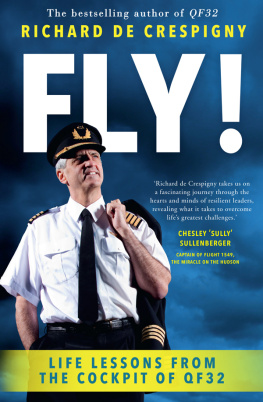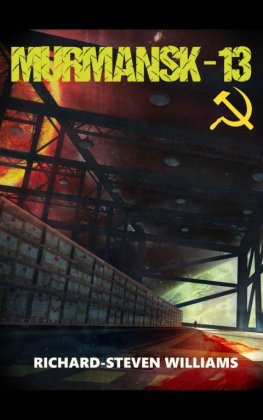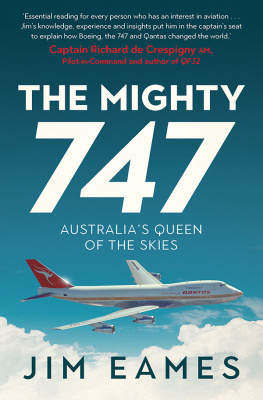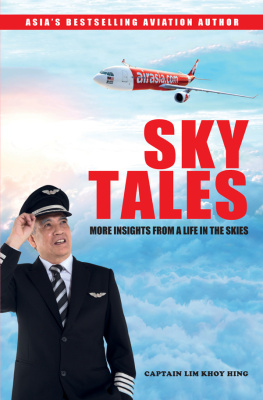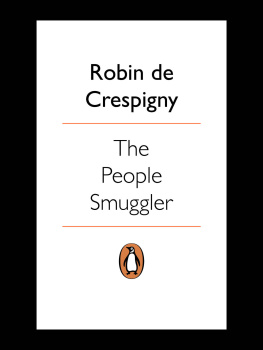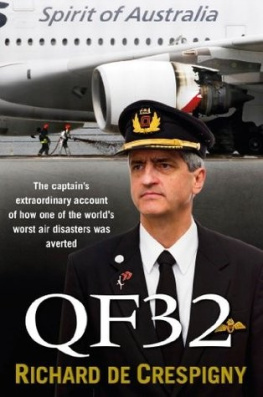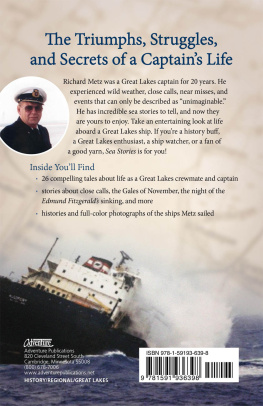About the Book
In 2010, thousands of feet in the air above Singapore, the 469 passengers aboard QF32 found themselves in a crisis that no-one could have anticipated when the A380 in which they were flying suffered a catastrophic explosion. Captain Richard de Crespigny and his crew confronted extraordinary challenges over the next four hours, with only three partially working engines and a potentially explosive plane facing an imminent emergency landing. Even experienced crash investigators later revealed they thought recovery in such circumstances was impossible. Yet in the end all aboard walked away safely.
Why was there a seemingly miraculous outcome to what could so easily have become one of the worlds worst aviation disasters? And how did the captain and his crew remain so calm in such a stressful situation? The answer is leadership, teamwork, skill and resilience.
Richard de Crespigny shares the insights and techniques he built up over decades in the high-pressure world of aviation, in a book whose wisdom can be applied to challenges and opportunities in the workplace as well as to life. Including exclusive insights from hero pilot Sully Sullenberger, astronaut Neil Armstrong, NASAs Gene Kranz and others who have, like Richard de Crespigny, succeeded under intense pressure, Fly! will teach everybody to perform at their best and to succeed in any situation.
CHAPTER 1
Sharing the Lessons of Resilience
Thursday, 4 November 2010 started like any other day. I woke that morning in my Singapore hotel refreshed and ready for the task ahead: to fly an A380, then the worlds biggest and most advanced commercial passenger airliner, from Changi Airport back home to Sydney. There would be 469 souls aboard our aircraft, the Nancy-Bird Walton 440 passengers and 29 crew. The weather was ideal, and it promised to be an easy trip.
What ensued was anything but easy. I found myself facing the ultimate test of my resilience: a situation that had the potential to become one of the worlds worst aviation disasters. It was a crisis that would draw on every strength I had developed as an individual, as a pilot and as a leader. Along with the incredible teamwork by all those caught up in the incident, the knowledge I had developed and honed over a lifetime meant we were able to avoid our crisis turning into a catastrophe. Instead it became a case study of what went right.
This book is a guide to the underlying capabilities and techniques that ensured we survived the unthinkable that day: the teamwork, leadership, problem-solving, risk-assessment and deep understanding of how the human brain works that enabled everyone involved to perform at their best.
My aim is to show you how to develop and sharpen these strengths for yourself, building the kind of resilience that will enable you to deal with whatever life throws at you. And not just to survive, but to thrive.
I had been flying for three and a half decades when I boarded Flight QF32. First with the Royal Australian Air Force, to which I had eagerly signed up at 17, then with Australias national carrier, Qantas, which I joined 11 years later. I loved my job and regarded it as a privilege to make my living doing something so challenging and satisfying, accompanied by skilled and dedicated colleagues at the top of their game. I feel exactly the same pride today.
The take-off was perfect. I pushed the thrust levers forward from their idle position. The four Rolls-Royce Trent 900 engines roared to life as 14 litres of jet fuel and 120 tonnes of air poured into them every second. My heart rate rose, not from fear, but from anticipation. As all pilots must be, I was prepared for the worst but hoping for the best.
The 464 tonne aircraft surged down the runway. We launched into the air at 350 km/h then the 22 wheels retracted. It was 9.57 am and everything was running exactly to plan. We actioned the routine After Takeoff checklist. The Electronic Centralised Aircraft Monitoring (ECAM) system gathers data from 250,000 sensors and parameters to manage 1320 checklists. For this checklist, ECAM confirmed that all systems had successfully transitioned from take-off mode to the configurations needed for climbing, then cruising.
You never drop your guard in charge of an incredibly complex piece of machinery with four million parts, in which hundreds of people are sitting atop 108 tonnes of jet fuel. As we passed 6000 feet it really was looking like a picture-book day. We climbed up through 7400 feet and at 10.01 I was about to turn off the seatbelt sign when we heard a relatively small boom, followed one second later by a huge BOOM! which was like nothing Id ever heard before.
Alarms rang out through the cockpit as the master warning system sprang to life. It turned out that inside engine 2, a short connecting pipe that delivers lubricating and cooling oil into the centre of the engine had not been manufactured to the correct specifications. This stub pipe had fractured, allowing oil to leak out into the engine, causing a fire.
An engine fire is always potentially dangerous in the air. But it is far from unknown and the aircraft has built-in systems to deal with it, notably a cockpit-activated extinguisher inside the engines themselves. Similarly, engine failure is an anticipated problem, with well-rehearsed procedures in place if it occurs. The A380 is designed to fly on its remaining three engines if one fails. But while neither fire nor engine failure is catastrophic, what happened next was.
Leaking engine oil created a fire front that burnt through seals, then advanced up against the intermediate turbine disc. As the overheated disc weakened, it wasnt long before the 126 turbine blades, generating 51,000 horsepower, wrenched the disc free from the shaft holding it in place. This unpowered the compressor, causing the engine to backfire. That was the first, smaller boom.
The engine was failing from the outside in, but for an unknown reason, the inner (high pressure) turbine and compressor kept operating. The engines computers detected a thrust loss, and so did what they were programmed to do increase the fuel flow. Thats when things went from bad to worse.
The increased fuel flow generated higher gas flows that spun up the now disconnected 160 kg turbine disc until it burst like a super-nova. Hundreds of pieces of shrapnel blasted through the engine, travelling at more than 2.6 times the speed of sound. That was the second huge BOOM!
The usual engine failures, the ones we train so carefully to deal with, are contained failures, in other words something goes wrong, and the engine can no longer work but there is no external damage. The damaged parts remain contained inside the engine housing. What we faced on QF32 was an uncontained engine failure, and it represented danger on an entirely different scale.
Of the aircrafts 22 different systems, 21 were damaged. In all, 650 wires and network cables were severed. Less than 50 per cent of our electrics and hydraulics were operational. We had less than half our roll controls, but worse, the aircraft was out of its balance limits in three areas because computers, pumps and pipes used to redistribute fuel through the eleven fuel tanks in the wings and tail were not working. The landing gear could only be lowered using an emergency gravity option and none of the three remaining engines were operating normally. Fuel and hydraulic fluid leaked from the badly damaged left wing.

